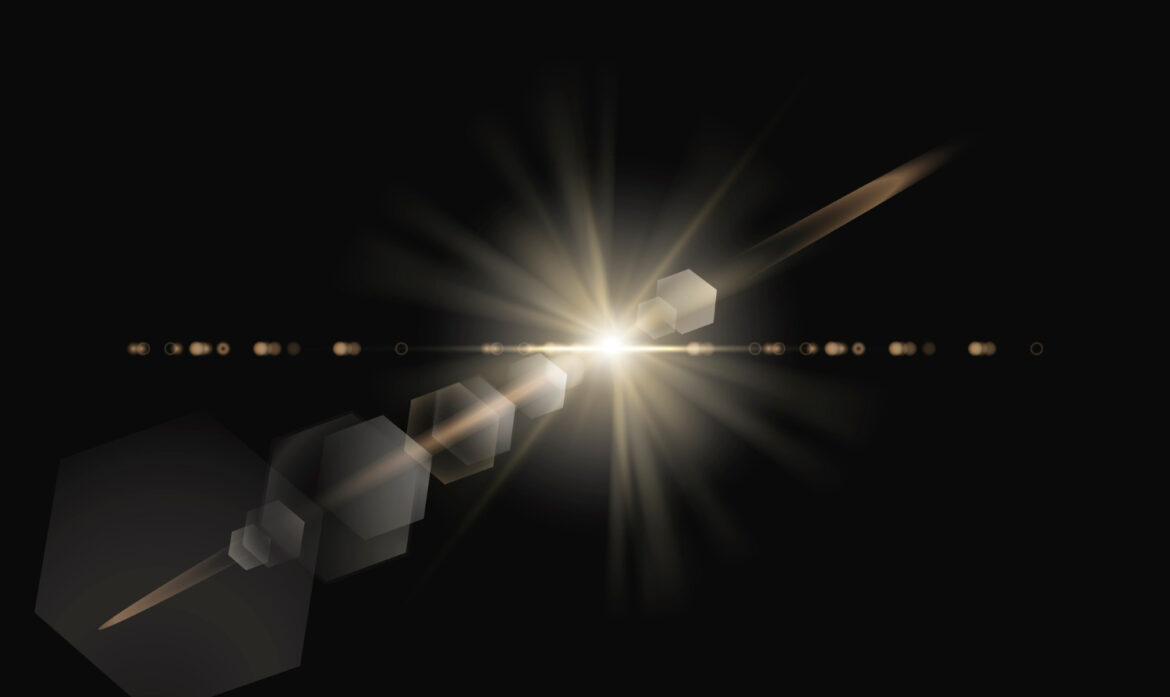Lens flare is a familiar challenge in photography, often caused when intense light—usually from the sun—enters the camera lens and scatters internally. This scattering of light results in unwanted artifacts or a washed-out haze, which can impact image quality. While some photographers embrace lens flare for creative expression, others aim to eliminate it to preserve clarity and contrast. This guide explores the origins of lens flare, its types, contributing factors, and practical ways to control or avoid it altogether.
What Is Lens Flare?
Lens flare occurs when a strong light source hits the lens directly, causing internal reflections between the lens elements. These reflections create visual disturbances in the form of streaks, rings, or an overall drop in contrast. Zoom lenses and those with more complex glass constructions are generally more vulnerable to flare due to the increased number of surfaces that light can bounce off.
Common Types of Lens Flare
1. Veiling Flare
This type presents as a soft, diffuse glow across the image, often reducing contrast and washing out colors. It usually occurs when a bright light is just outside the frame but still affecting the lens.
2. Ghosting Flare
Ghosting appears as multiple translucent shapes—often circles or hexagons—that overlay the image. It results from internal reflections between the lens elements and the camera sensor.
3. Sensor Flare
This lesser-known type shows up as tiny red or colored dots, caused by light reflecting off the image sensor and then bouncing back into the lens. It’s more common in digital photography.
What Increases the Risk of Lens Flare?
Several factors can make your photos more susceptible to lens flare:
- Focal Length: Wide-angle lenses have a larger field of view, making them more prone to capturing stray light.
- Lens Design: Lenses with multiple glass elements are more likely to cause internal reflections.
- Lens Condition: Dust, oil, or smudges on the lens surface scatter light more easily.
- Filter Quality: Cheap or dirty filters add more surfaces for light to bounce off, increasing the risk.
- Lack of a Lens Hood: A lens hood helps shield the lens from side light, reducing the chance of flare.
How to Use Lens Flare Creatively
Although often considered a flaw, lens flare can be used to create mood or add a dreamy, atmospheric quality to images. Here are some ways to experiment with it:
- Shoot Toward a Light Source: Position the camera so the sun or another bright light is just in the frame or slightly off-screen.
- Use a Wide Aperture: A large aperture can produce more pronounced flare effects.
- Change Angles Slightly: Tilting or repositioning the camera can affect how the flare appears.
- Reflective Surfaces: Include surfaces like water or glass to amplify the artistic effect.
How to Prevent or Minimize Lens Flare
To capture sharp, high-quality photos without flare, consider these preventive steps:
- Use a Lens Hood
A properly fitted hood can significantly block out unwanted light from reaching the lens. - Clean Your Lens Regularly
Smudges and dust can catch and scatter light, so always keep your lens clean. - Invest in High-Quality Filters
Opt for multi-coated filters that minimize reflection and preserve image integrity. - Avoid Shooting Into Bright Light
Whenever possible, reframe your shot to keep bright lights out of the lens’s direct path. - Switch to Prime Lenses
Prime lenses usually have fewer elements than zoom lenses, which means fewer opportunities for internal reflections.
Fixing Lens Flare in Post-Processing
If flare does make its way into your shot, digital tools can help salvage the image:
- Clone and Healing Tools: Use these to paint over and remove flare artifacts.
- Adjust Contrast and Saturation: Restore depth and vibrancy to areas dulled by veiling flare.
- Selective Editing: Target specific parts of the image for correction without affecting the whole photo.
Frequently Asked Questions
Q1: What causes lens flare in digital photography?
Lens flare is caused by bright light entering the lens and reflecting off internal glass elements or the sensor, leading to visual distortions.
Q2: Is lens flare always a bad thing?
Not necessarily. While it’s often unwanted, many photographers use it intentionally to add mood, warmth, or a vintage look to their images.
Q3: How can I avoid lens flare during a sunny outdoor shoot?
Use a lens hood, position yourself strategically to avoid direct sunlight, and keep your lens and filters clean.
Q4: Are certain lenses better at handling lens flare?
Yes, lenses with advanced optical coatings and fewer internal elements tend to perform better under intense lighting conditions.
Q5: Can lens flare be completely removed in editing?
While not always perfect, photo editing tools can significantly reduce or eliminate most flare effects, especially with precise touch-ups.

